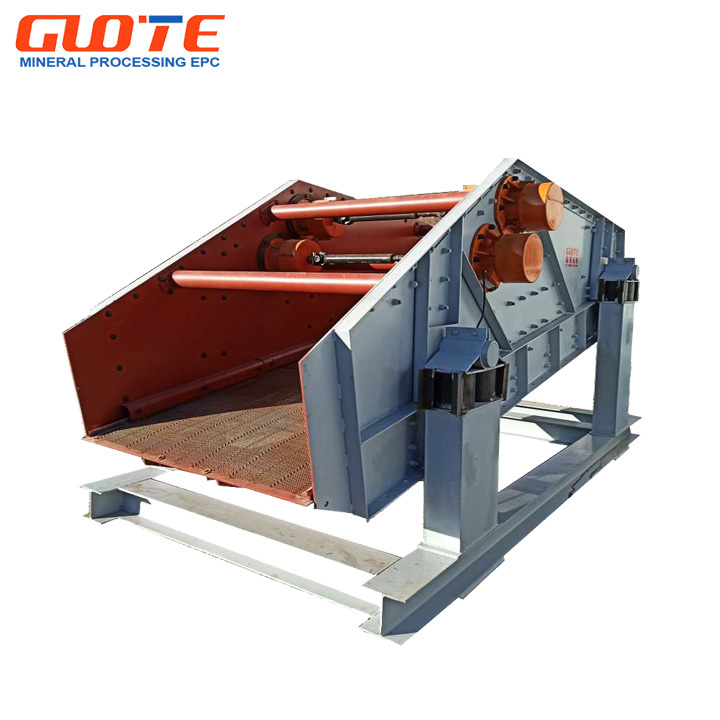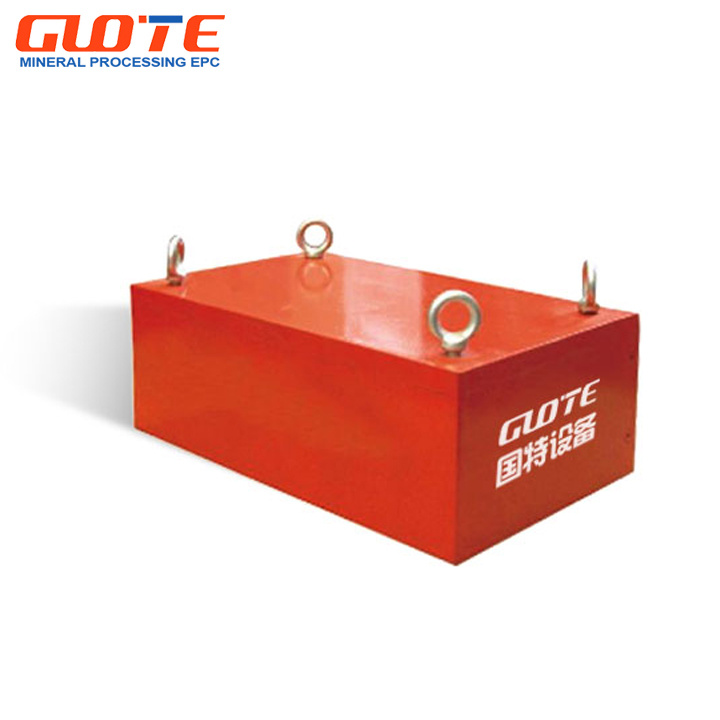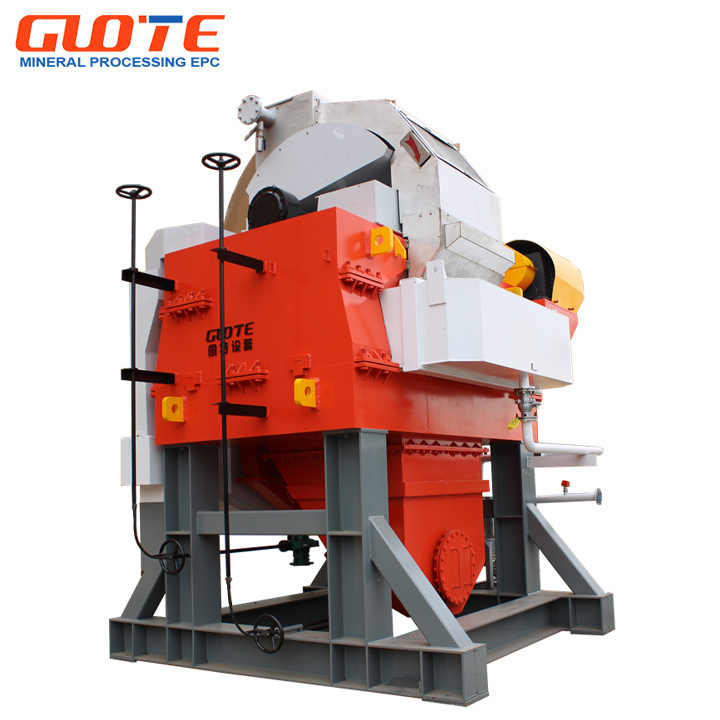Optimizing Your Wet Type Silica Sand Processing Line for Maximum Efficiency
Silica sand, primarily composed of silicon dioxide (SiO2), is widely used in various industries, including construction, glass manufacturing, and foundries. Implementing the best wet type silica sand processing line is crucial for optimizing production efficiency and ensuring high-quality outputs. In this article, we will delve into the essential elements that contribute to a successful processing line and provide insights into best practices.
The cornerstone of a successful wet type silica sand processing line lies in the choice of equipment. Effective washing, classifying, and dewatering systems are vital for removing impurities and achieving the desired grain size. For instance, using high-quality classifiers can help separate the sand from unwanted materials such as clay and silt, resulting in a cleaner product. Additionally, employing advanced screening technology ensures that only the desired particle sizes move forward in the production process.
Water management is another critical factor when processing silica sand. The wet process relies heavily on water both for washing the sand and for maintaining the right conditions throughout the processing line. Efficient water recycling systems can significantly reduce waste, lower operational costs, and minimize environmental impact. Implementing closed-loop systems allows for the reuse of water, which not only conserves resources but also optimizes the overall efficiency of the processing line.
Moreover, controlling the moisture content of the sand is essential for achieving desired performance levels. The right balance ensures that the sand is not too wet, which can lead to clumping and further processing challenges, nor too dry, which can impair the quality of the final product. Continuous monitoring of moisture levels, coupled with automated control systems, can help maintain optimal conditions throughout the processing cycle.
Another key consideration is the selection of additives and chemicals. These substances can enhance the properties of the sand and improve its performance in end applications. For instance, certain additives can increase the sand’s strength, making it more suitable for use in concrete or other demanding applications. It’s vital to choose the right additives based on the specific requirements of your end products.
Finally, regular maintenance of the equipment and processing line is essential to ensure consistent performance and longevity. Implementing a scheduled maintenance program can help identify and address potential issues before they escalate, thus minimizing downtime and maintaining productivity.
In summary, optimizing your wet type silica sand processing line involves careful consideration of equipment selection, water management, moisture control, appropriate additives, and regular maintenance. By focusing on these aspects, you can enhance the efficiency of your processing line and achieve superior silica sand quality, ultimately leading to better outcomes for your manufacturing needs.
The cornerstone of a successful wet type silica sand processing line lies in the choice of equipment. Effective washing, classifying, and dewatering systems are vital for removing impurities and achieving the desired grain size. For instance, using high-quality classifiers can help separate the sand from unwanted materials such as clay and silt, resulting in a cleaner product. Additionally, employing advanced screening technology ensures that only the desired particle sizes move forward in the production process.
Water management is another critical factor when processing silica sand. The wet process relies heavily on water both for washing the sand and for maintaining the right conditions throughout the processing line. Efficient water recycling systems can significantly reduce waste, lower operational costs, and minimize environmental impact. Implementing closed-loop systems allows for the reuse of water, which not only conserves resources but also optimizes the overall efficiency of the processing line.
Moreover, controlling the moisture content of the sand is essential for achieving desired performance levels. The right balance ensures that the sand is not too wet, which can lead to clumping and further processing challenges, nor too dry, which can impair the quality of the final product. Continuous monitoring of moisture levels, coupled with automated control systems, can help maintain optimal conditions throughout the processing cycle.
Another key consideration is the selection of additives and chemicals. These substances can enhance the properties of the sand and improve its performance in end applications. For instance, certain additives can increase the sand’s strength, making it more suitable for use in concrete or other demanding applications. It’s vital to choose the right additives based on the specific requirements of your end products.
Finally, regular maintenance of the equipment and processing line is essential to ensure consistent performance and longevity. Implementing a scheduled maintenance program can help identify and address potential issues before they escalate, thus minimizing downtime and maintaining productivity.
In summary, optimizing your wet type silica sand processing line involves careful consideration of equipment selection, water management, moisture control, appropriate additives, and regular maintenance. By focusing on these aspects, you can enhance the efficiency of your processing line and achieve superior silica sand quality, ultimately leading to better outcomes for your manufacturing needs.
best Wet type silica sand processing line
Previous Page
Previous Page
Related Products
Related News






